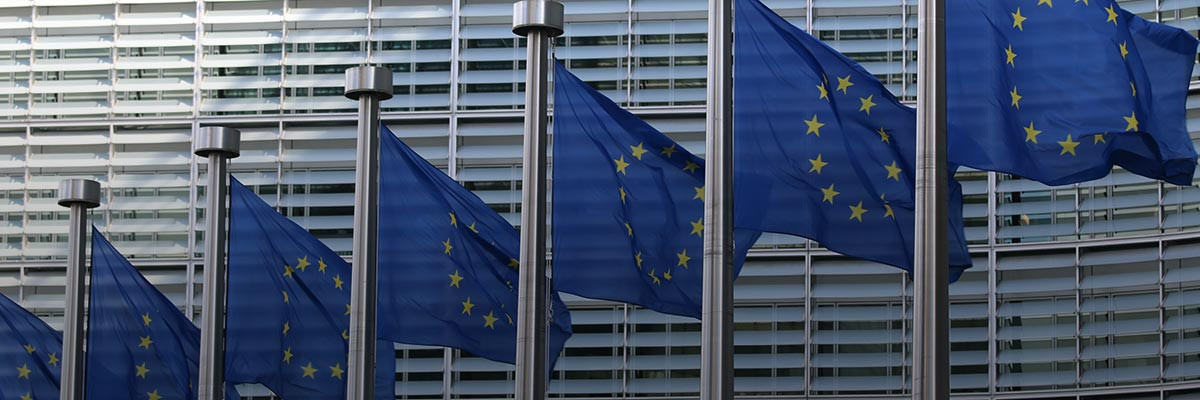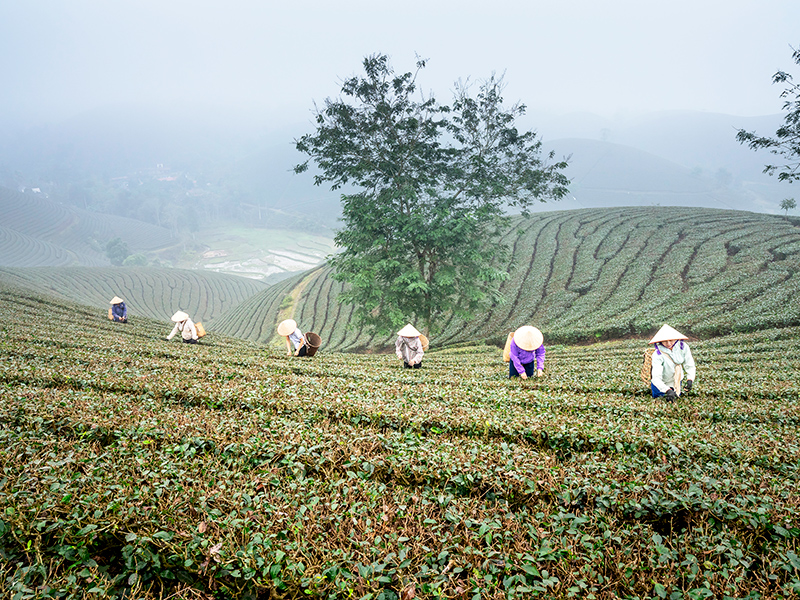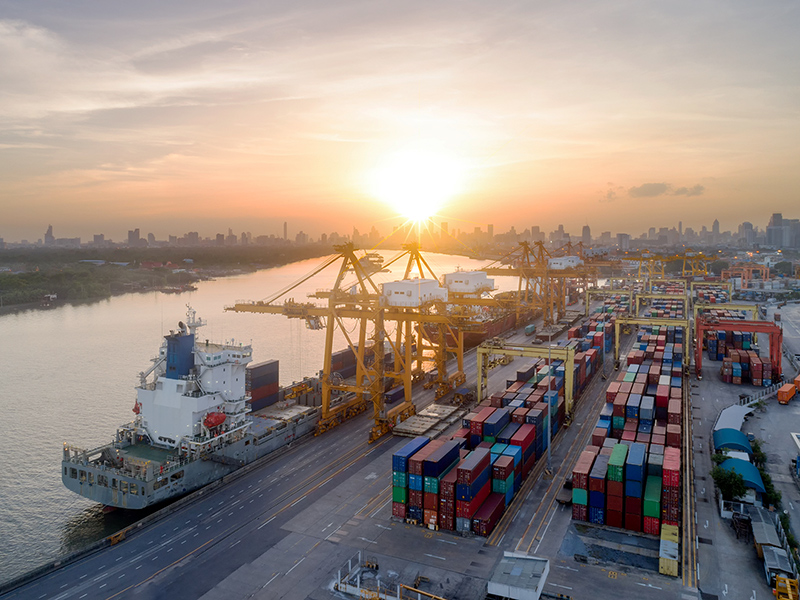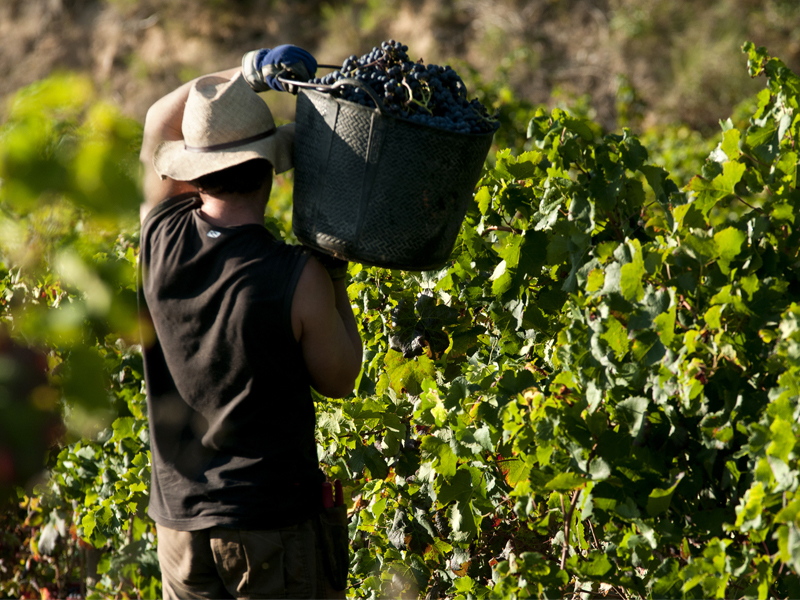
Authors
Key Points
- Modern slavery is on the rise, with 27.6 million people in forced labor in 2021.
- New EU forced labor bans cast a wide net, targeting all product imports and exports made with forced labor.
- Now is the time for business to ramp up efforts, integrate forced labor risks in their human rights due diligence, and document these efforts.
Modern Slavery Is on the Rise in the Private Sector
September 2022 has seen a string of anti-trafficking developments.
The newly released global estimates by the International Labour Organization (ILO) show that modern slavery is on the rise, with 27.6 million people in forced labor in 2021—most of whom work in the private sector.
In parallel developments, the European Commission published its awaited proposal for a new trade instrument to ban products made with forced labor from being marketed, sold, or exported from the EU market, which is likely to enter into force in 2026.
Forced labor bans exist in various forms across North America, including Section 307 of the 1930 Tariff Act (US), the Uyghur Forced Labor Prevention Act (US), and the Tariff Act (Canada). However, the draft regulation would create the first forced labor instrument at a regional level.
It casts a wide net targeting all products and by-products, independently from where they were sourced or produced. This requires business to strengthen evidentiary data and adopt a strong human rights risk-based assessment approach.
How will this new instrument impact business? Does it present a significant departure from existing forced labor import bans? And finally, how can companies prepare?
Here we share some early insights and steps to help business get started.
Three Things Business Need to Know
1. Scope
- The European Commission proposes to ban any product made with or transported using forced labor—at any stage of production, manufacture, harvest, or extraction—that are placed on the EU market or exported.
- Unlike the US Uyghur Forced Labor Prevention Act (UFLPA), which entered into force in June, the EU legislation will apply to imports from all regions and exports
- While all companies doing business in the EU may be impacted, the proposal recognizes that targeted support will be needed for small and medium-sized enterprises.
2. Enforcement and investigation
- High-risk sectors and geographies are likely to be the target of enforcement action, at least initially. Public authorities will follow a risk-based approach, prioritizing value chain steps where there is a higher risk of forced labor.
- Through a two-step approach, national authorities will determine whether forced labor has occurred and can order the withdrawal of products from the market.
3. Evidence
- Various sources of information will be used to determine the existence of forced labor, including submissions from civil society, reports, and an EU database of forced labor risks.
- Companies will be required to provide information on the actions taken to mitigate, prevent, and bring an end to forced labor risks.
Recommendations for Business
1. Map supply chains and engage suppliers to determine areas of high risk of modern slavery
- Business can map their supply chains from raw materials to finished goods to better understand their origins.
- Efforts should be concentrated in sectors and geographies where modern slavery risks are high (e.g. manufacturing in Asia).
- The use of technology—such as blockchain, DNA tracing, and AI—is a viable means to automate processes and data analysis and, subsequently, identify where products are made and enhance visibility in complex supply chains.
2. Integrate modern slavery risks into broader human rights due diligence and management
- To better anticipate existing and emerging legislation, companies can adopt a holistic approach to managing human rights risks, which incorporates forced labor risks and is aligned with the UN Guiding Principles on Business and Human Rights (UNGPs).
- This includes adopting more stringent modern slavery prevention strategies, such as integrating human rights considerations at the supplier selection phase and engaging with stakeholders—including business partners—to better identify forced labor practices in the supply chain, such as the payment of recruitment fees via third party agencies.
3. Document more comprehensive human rights due diligence
- Companies can ensure that their due diligence policies and procedures are sufficiently robust and documented to provide the information required under these types of acts, as recent trends would suggest such requirements will only become more commonplace.
With similar forthcoming regulations being debated in Canada, the UK, Australia, and Japan, this is the time for business to ramp up efforts to conduct human rights due diligence on their supply chains and strengthen their modern slavery policies. That way, business can become part of the solution as we continue to proactively anticipate and prepare for emerging legislation.
BSR’s anti-trafficking team advises business from across sectors on due diligence and management of forced labor risks. Please get in touch with any questions.
Topics
Let’s talk about how BSR can help you to transform your business and achieve your sustainability goals.










